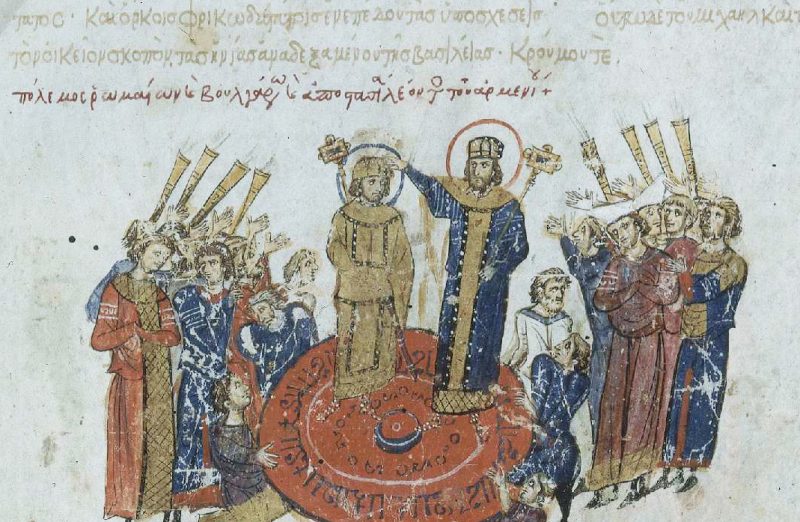Nέα ψηφιακή έκθεση της Europeana.eu με τίλο “Echos of an Empire”
, τη Μουσική Βιβλιοθήκη τουΣύλλογος Οι Φίλοι της Μουσικής / Friends of Music Society σε συνεργασία με τη Koç University Suna Kıraç Library
Byzantine Musical Instruments through the Ages
Our knowledge of Byzantine musical instruments comes mostly from the artefacts bearing their visual representations. This exhibition explores images of instruments found in manuscripts and objects from daily life such as bowls, caskets, pitchers, wooden icons etc., originating from the wider geographic area of the Byzantine Empire.
The exhibition is a part of The Byzantine Musical Instruments scientific project realized by Koç University – Stavros Niarchos Foundation Center for Late Antique and Byzantine Studies (GABAM) and The Friends of Music Society in Athens in collaboration with Koç University Suna Kıraç Library. For more information about the project in general, please see the Credits.
Iconography
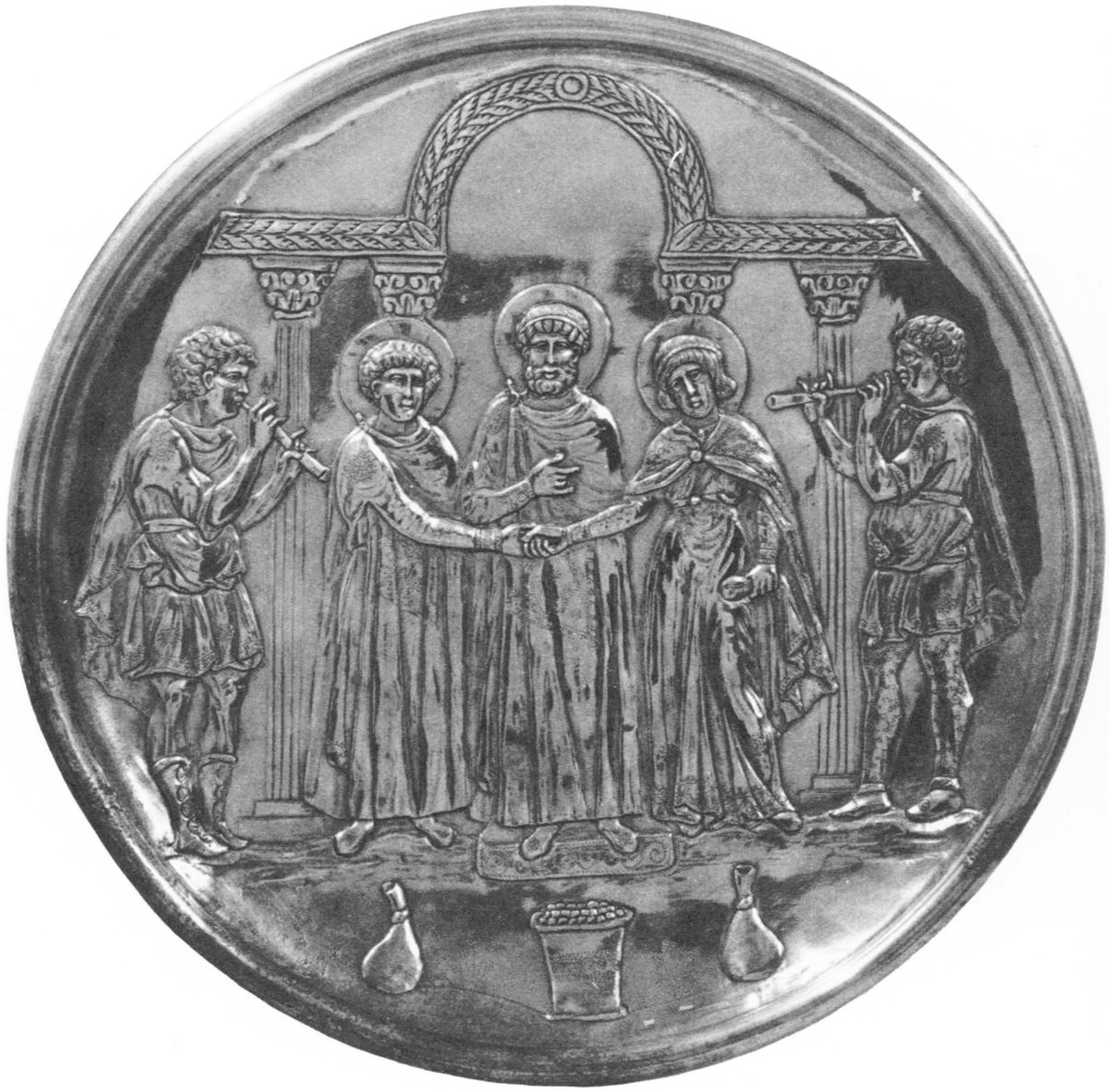
As our knowledge of Byzantine musical instruments is mostly derived from visual sources, we often need to observe and study the iconography of these images.
The majority of the surviving examples of depictions of musicians, musical instruments, and musical ensembles, come from illuminated manuscripts. One of the greatest examples of a miniature showing the variety of Byzantine musical instruments comes from the famous Madrid Skylitzes manuscript, dating from the first half of the 12th century. The scene depicting ‘The Triumphant entrance of Nikephoros Phokas to Constantinople’, shows five musicians who are playing, from left to right, a trumpet, a membranophone and a triangular psaltery.
Read more here.
Contexts
The majority of contexts where musical instruments are shown falls in the category of religion (Christianity, 56%), which is followed by mythological depictions (16%), daily life scenes (13%), and war scenes (5%). There are also various individual musicians (10%), found mostly on plates, bowls and manuscripts, serving as decorative figures, without referring to any specific context.
The most frequently observed iconographic themes in religious scenes are the depictions of King / Prophet David composing the psalms and the Nativity of Christ. In the illustrations of David composing the psalms, he is frequently shown as a seated figure, holding a lyre, kithara, psaltery or a bowed instrument.
Read more here.
Aerophones
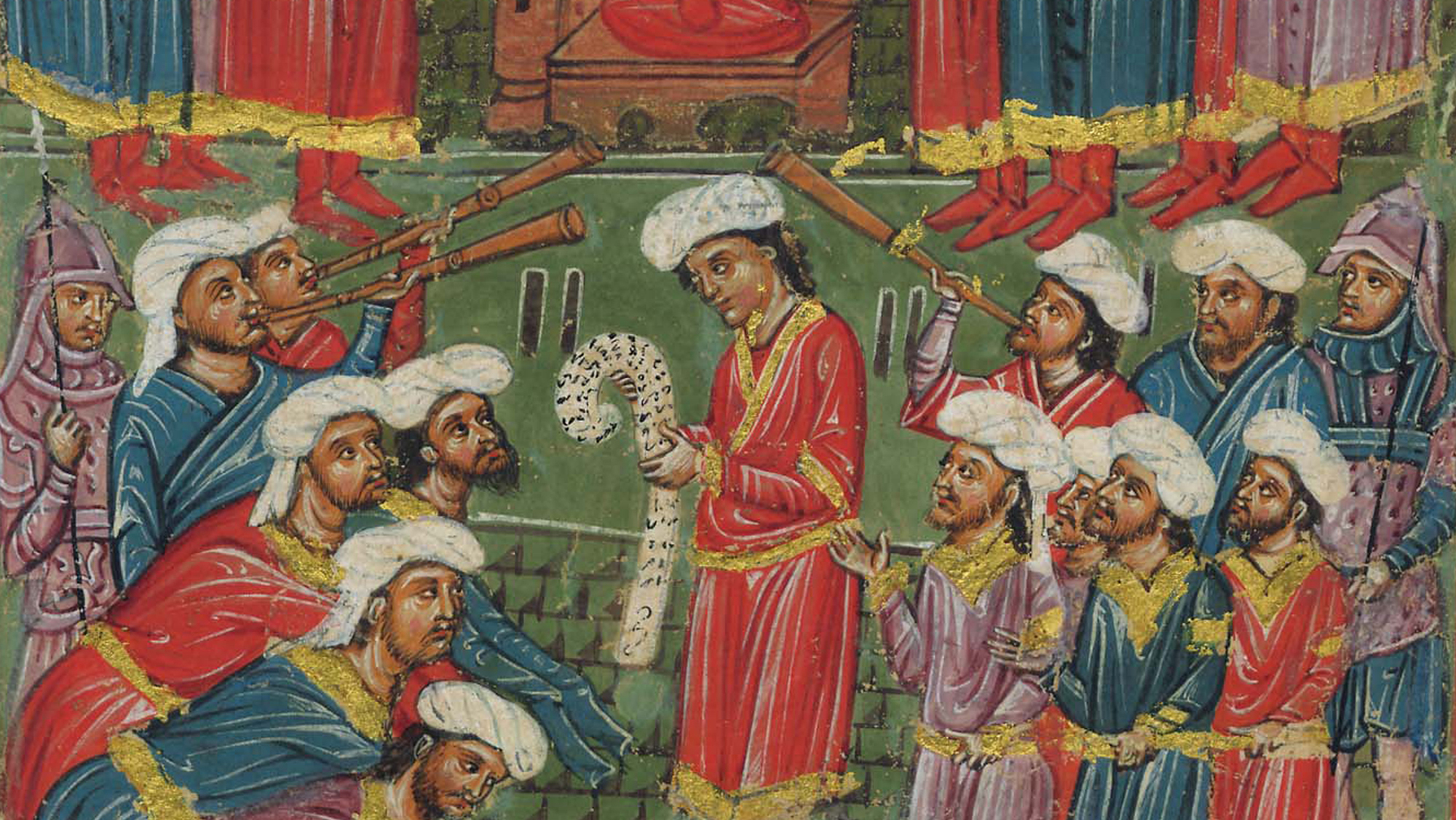
In general, the term aerophones is used to classify the musical instruments that produce sound by the vibration of air that is contained within the instrument. Research has verified the existence of ten different instruments that belong to this category. From the most to the least frequently observed, these instruments are: the trumpet; the aulos; the horn; the transverse flute; the double aulos; the syrinx (panpipe); the seashell horn (natural horn); the bagpipe; the pipe organ and the oliphant.
Read more here.
Chordophones
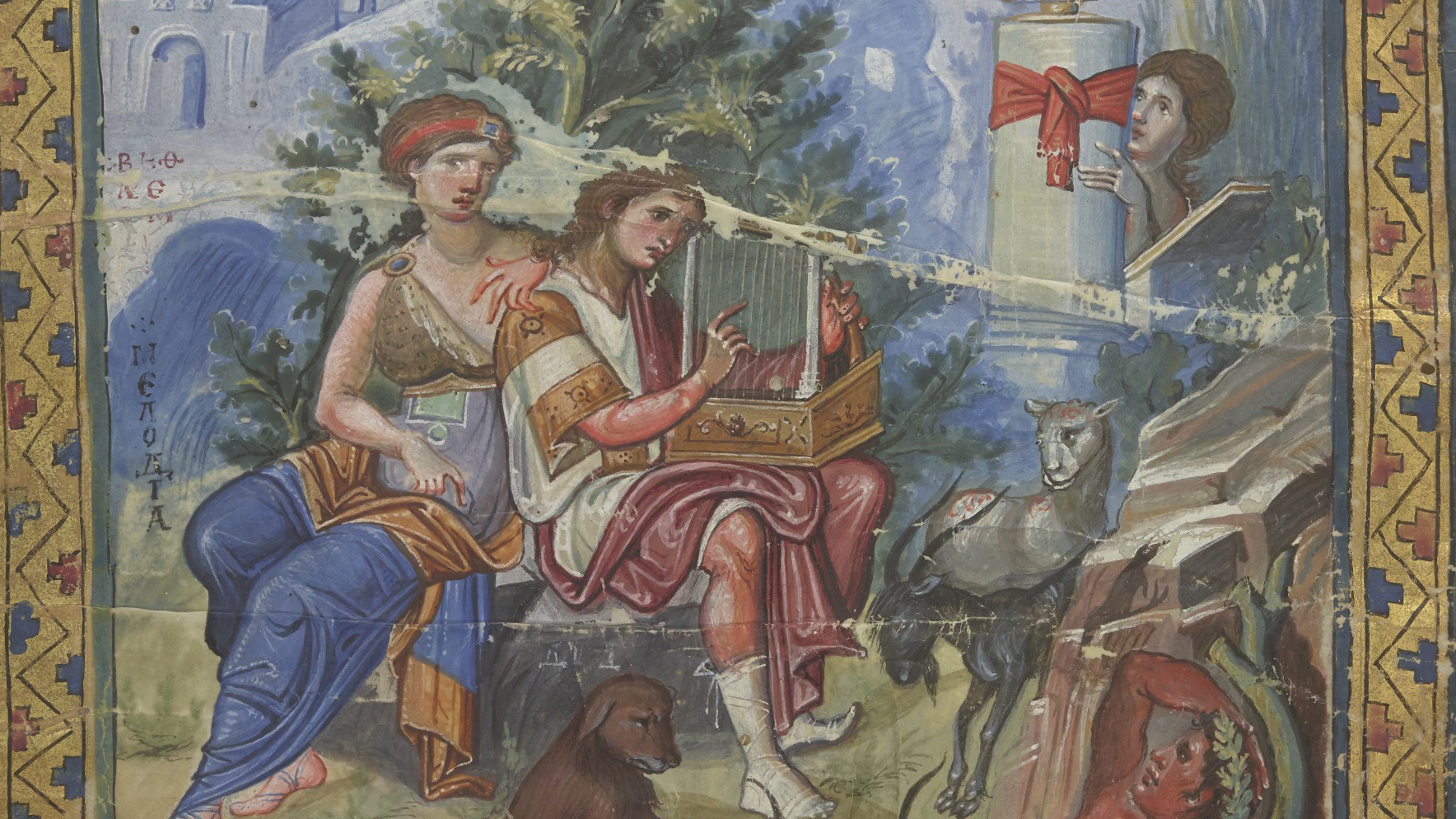
The term chordophones is generally used to classify musical instruments that produce sound by way of vibrating strings, that can be plucked by a plectrum, rubbed by a bow or played by hand.
Research has verified the existence of seven different instruments that can be listed under this category. From the most to the least frequently observed, those instruments were the psaltery: the kithara; string instruments rubbed with a bow; the short-necked lute; the lyre; the long-necked lute and the harp.
The psaltery refers to a category of wooden instruments consisting of many strings, that is in five different shapes which are rectangular, triangular, quadrilateral, trapezoidal and square. Between them, the most frequently used types were the rectangular and the triangular psaltery.
A visual representation of the rectangular psaltery can be seen on this ivory casket, where David is depicted on the bottom left corner, playing this chordophone.
Read more here.
Idiophones
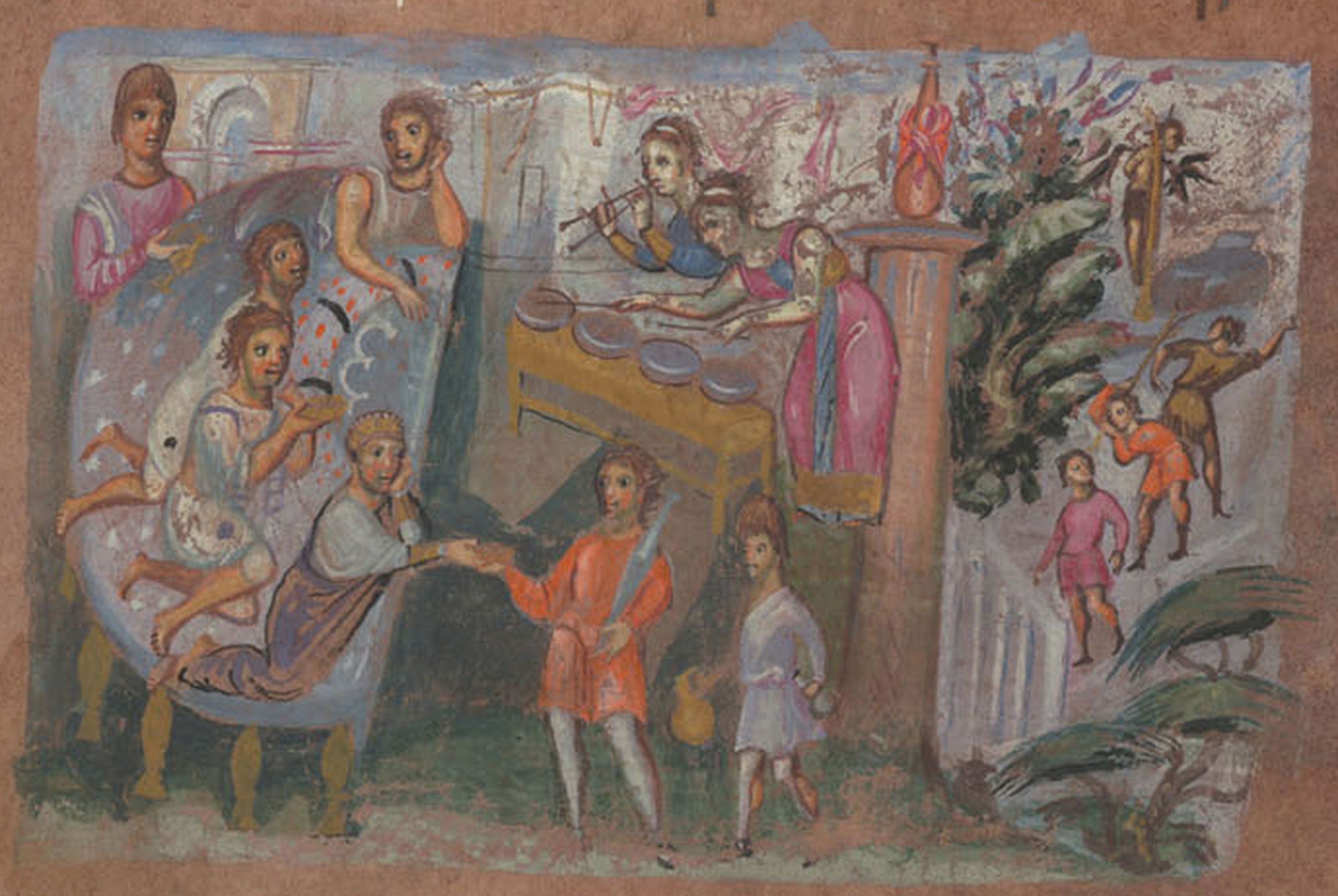
An idiophone is a musical instrument in which the sound is produced by the vibration of the instrument itself. The body of the instrument, mostly made out of wood, metal or stone, creates the sound by shaking, like the sistrum, or when striked one against one another, like the cymbals, or when hit with a non-vibrating object such as a hammer or a stick.
Up to now, research has verified the existence of seven different instruments that belong to this category. From the most to the least frequently observed, those instruments were: the cymbals; the crotales; the semantron; the sistrum; the oksivafon (a kind of metallophone); the tambourine with cymbals and the bell. Cymbals are often used in pairs and consist of thin, round metal plates. The preserved miniatures have revealed that the cymbals that were in use were of big or small diameter.
In various Byzantine miniatures depicting the Exodus 15:20 of Bible, Miriam is shown with a group of women, all dancing while some are playing the cymbals they hold in their hands. A good example comes from a manuscript preserved at the Library of Mount Sinai, St. Catherine’s Monastery. Dated to the 13th century, on the upper part of the miniature, each of the two female figures are playing a pair of hand cymbals.
Read more here.
Membranophones
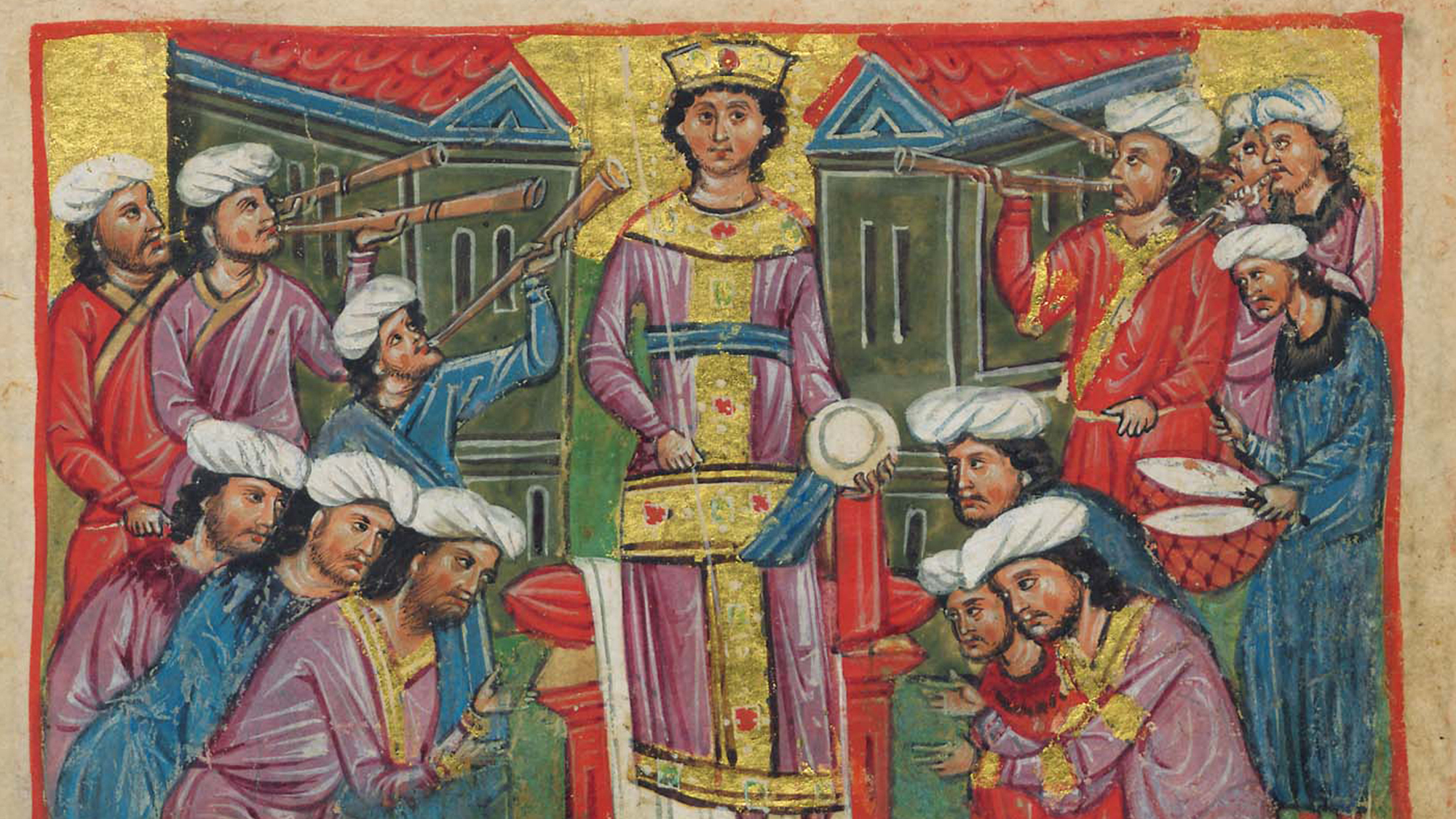
A membranophone is a musical instrument in which the sound is produced by vibrating a stretched membrane. Based on the preserved iconographical and written material, the depictions of musicians playing the membranophones either interact with the membrane by hitting it with a stick or by hand.
Four different instruments belong to the category of membranophones. Research indicates that the most frequently observed instrument was the double-skin barrel-drum, then the tambourine, the nakers and rarely the single-membrane bowl-shaped drum.
In a 16th-century copy of Hunting of Oppien by Bartolomeo Zanetti, there is a miniature which presents great detail as to how the depicted figures of musicians played the double-sided membrane drum. The first musician in the center is playing the musical instrument with the help of a stick and the other one, on his right, is illustrated hitting it with his hand.
Read more here.
